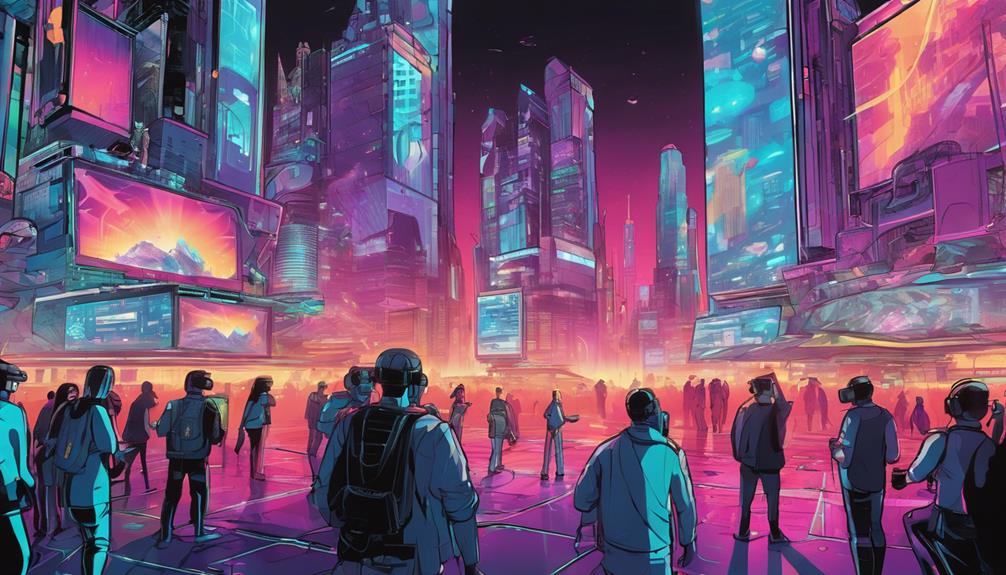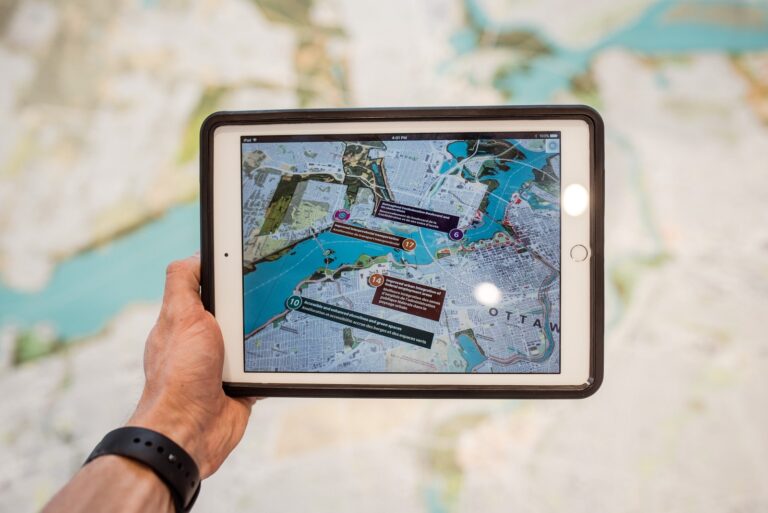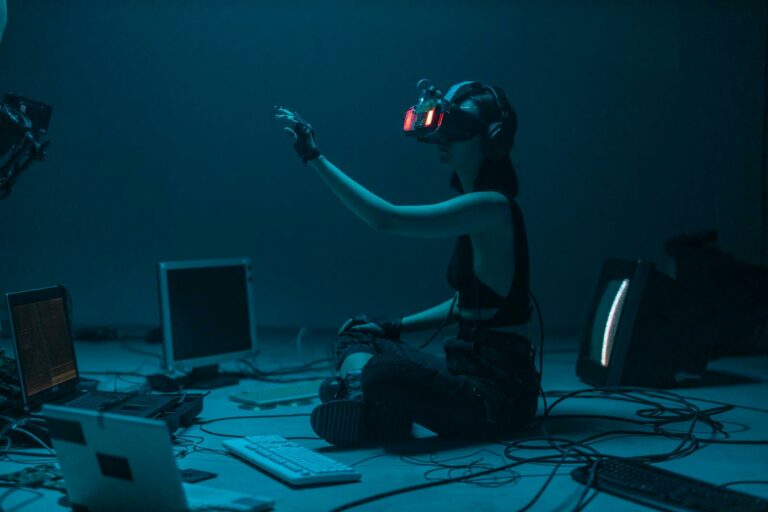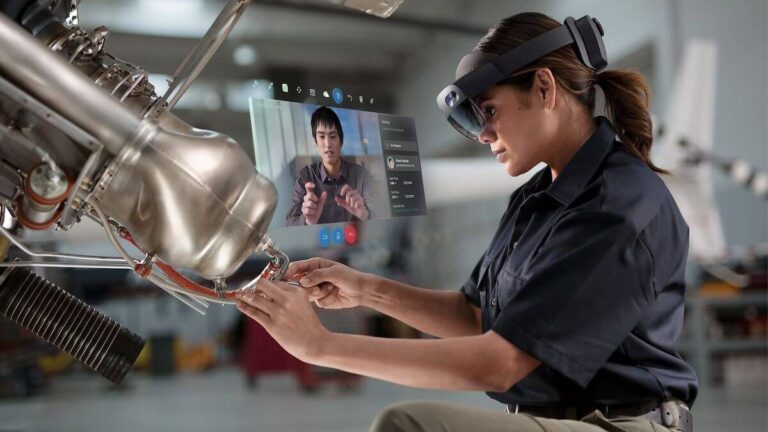Exploring the Future of Virtual Reality Technology
As we stand at the threshold of a new era in Virtual Reality (VR) technology, the possibilities for transformative change are vast and multifaceted. With rapid advancements in hardware and software, the boundaries between the physical and virtual worlds are blurring, promising to redefine the fabric of our daily lives. As we explore the untapped potential of VR, the prospect of immersive experiences, innovative applications, and unprecedented user engagement beckons. But what lies ahead, and how will these emerging trends reshape the future of industries and our personal lives?
Key Takeaways
- VR technology advancements will revolutionize industries, transforming how we live and work, with groundbreaking applications on the horizon.
- Future developments in VR will reshape education, healthcare, and entertainment, enhancing user experiences and improving lives.
- Integration of VR software will open new avenues for educational benefits, making learning more engaging and effective.
- Evolving VR technology promises more innovative applications and integrations, expanding beyond gaming and entertainment.
- Seamless user interaction and customization options will enhance the immersive VR experience, maximizing user experience and functionality.
Virtual Reality Technology Advancements
As virtual reality technology continues to advance, innovative features are being integrated into VR headsets, such as the Meta Quest 3, which seamlessly integrates into daily life and work, offering a more immersive and interactive experience.
VR hardware innovations have led to significant improvements in industry applications, enhancing training, education, and entertainment.
The integration of VR software has also opened up new avenues for educational benefits, providing immersive and engaging learning experiences.
With advancements in VR technology, industries such as healthcare, education, and entertainment are poised to reap significant benefits.
As VR technology continues to evolve, we can expect to see even more innovative applications and integrations that transform the way we work, learn, and play.
Immersive Experiences and Applications
Moreover, with the advent of advanced VR headsets, users can now indulge in immersive experiences that transcend traditional boundaries, revolutionizing the way they engage with virtual environments. These experiences are no longer limited to gaming, as VR technology has branched out to encompass a wide range of applications.
For instance, the Piano Vision app enables users to learn piano in a virtual environment, providing an innovative approach to music education. Additionally, VR training tools have become an essential component of various industries, allowing professionals to hone their skills in a simulated setting.
Setting Up Your VR Environment
Establishing a well-configured VR environment is crucial for maximizing the overall user experience. Fortunately, setting up a VR workspace is a relatively simple and user-friendly process. The setup process is designed to be intuitive, allowing users to easily configure their VR environment to suit their preferences.
One of the key benefits of VR technology is the range of customization options available, enabling users to tailor their virtual space to meet their specific needs. With a user-friendly setup, users can quickly and easily adjust settings to optimize their VR experience.
This ease of setup guarantees that users can focus on exploring the vast possibilities offered by VR technology, rather than getting bogged down in complicated setup processes.
Optimizing User Experience and Functionality
Maximizing user experience and functionality is essential in VR technology, as it directly impacts the overall usability and effectiveness of virtual reality applications.
A seamless user interaction is vital, and VR headsets provide a range of functionalities without the need for additional controllers. Users can interact with the screen by gestures and hand movements, allowing for a more immersive experience.
Additionally, adjusting screen size is important for the best user experience, as it enables users to customize their virtual environment according to their preferences.
The Future of Virtual Reality Development
As virtual reality technology continues to advance, innovative developments are poised to revolutionize industries and transform the way we interact, work, and live.
The future of virtual reality development holds immense potential, with future innovations promising to reshape various sectors.
Industry applications are vast, with VR technology being explored in fields such as education, healthcare, and entertainment.
Advancements in VR development will enable seamless interactions, enhance user experiences, and reveal new possibilities for businesses and individuals alike.
As VR technology continues to evolve, we can expect to see groundbreaking applications that transform the way we live and work.
With its vast potential, the future of virtual reality development is poised to revolutionize the world as it stands.
Conclusion
To sum up, the future of Virtual Reality technology holds immense potential for transformative impact across various sectors. As advancements in hardware and software continue to evolve, seamless integration into healthcare, education, and entertainment is anticipated.
Innovative applications will enhance user experiences and revolutionize interactions with virtual environments. With groundbreaking developments on the horizon, Virtual Reality technology is poised to reshape the way we live and work, promising a transformative future.







